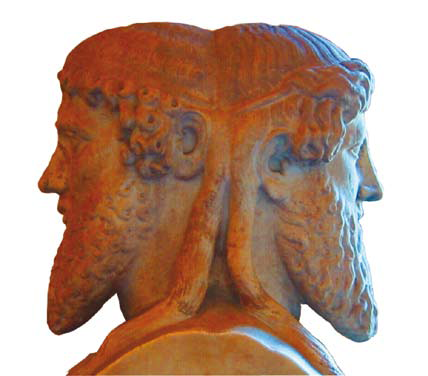Silk was not a medieval invention. According to Chinese
tradition, Empress Si-Ling-Chi in 2460 BCE watched silkworms spinning cocoons; she unwound several cocoons, then ran the strands together to make thread, then wove the result into cloth to make a robe for Emperor Huang-Ti.
 |
| The Silk Road routes |
Unverifiable, but it may very well be true. What is slightly more historically documented is that China guarded the secret of this magnificent fabric for centuries, but was willing to manufacture the cloth and sell it for very high prices to others. Wealthy people from other countries would gladly pay large sums to purchase it—soft and smooth, light to wear, dyed easily—so knowledge of this material spread. India somehow figured out the secret and was manufacturing its own silk by the 2nd century CE.
Ezekiel mentions silk, which means it was known to the Middle East in the 6th century BCE. Aristotle mentions the process of dealing with the cocoons, but the knowledge must have been lost for awhile, because it seems to be a mystery to that part of the world centuries later. We are told that Julius Caesar (100-15 March 44 BCE) had silk curtains. It is thought that the Romans first encountered silk in the hands of the Parthians in the first century BCE. By the end of the 1st century CE, Rome was trading for silk with the Parthians; we don't know what kind of "mark up" the Parthians were putting on the silk that they got from the East, but it was probably substantial. Although more than silk was traded between the East and West, silk was one of the few things
only available from the Far East, and so the collection of interconnected trade routes from China and India to Byzantium and Alexandria became known as the "Silk Road."
Of course, it is cheaper to manage production yourself, and the Byzantine scholar Procopius (500-565 CE) tells us how some Nestorian monks* gave the Emperor Justinian the secret: the thread comes from silkworms that could not survive transportation, but their cocoons would travel well if insulated in dung and fed on mulberry leaves when hatched. Byzantium created a thriving silk industry and supplied Europe for centuries. The silk factories were staffed by all-female crews, and so were called
gynaecea—after the name given to the section of a Roman or Greek home devoted to women.
 |
| Marco Polo on the Silk Road |
The cycle of industrial espionage continued, however, when Muslims, who learned the secret of silk when they conquered Persia, took over Sicily and Spain. By the 13th century, Europe was producing its own silk and purchasing less from Byzantium. By the 15th century, France had its own factories. This was necessary, according to Louis XI, because purchasing silk from Italy created a trade deficit for France of 40-50,000,000 gold écus.**
Silk is different from cotton or wool in that it is not spun; rather, two or more strands are twisted together. To produce this, new techniques were invented. The simple reel is said to have been first devised for holding strands of silk, which could be up to a mile long. Two reels would be set up to unwind simultaneously so that their strands could be twisted together in a technique called "throwing."
The Middle Ages loved silk so much that a whole new vocabulary was created to describe its uses in fabrics:
- alexander - a striped silk
- baldachin - a warp of gold thread with a woof of silk
- begin - 14th century rayed silk fabric
- camlet - half silk/half hair (such as angora)
- cendal - woven silk material
- ecarlate - high-quality silk
- gauze - semi-transparent silk (from 13th century onward)
- imperial - silk with gold thread; originally from Byzantium, later called baldachin
- osterni - silk dyed purple
- samite - silk with interwoven gold or silver threads
- sarcenet - thin soft silk with slight sheen; sometimes called "shot"
- tartaire - silk from Tartary
...and in all these centuries, it hasn't lost its luster.
*
Remember the Nestorians? They were a branch of Christianity deemed heretical a century before Procopius, who made their home in the East where William Rubruck ran into them.
**
Story of the Silk Road by Yiping Zhang, p.146 (I don't normally bog things down with citations—I assume you trust me!—but this number was so ... impressive that I felt the need to point to a source. It may be a huge exaggeration.





